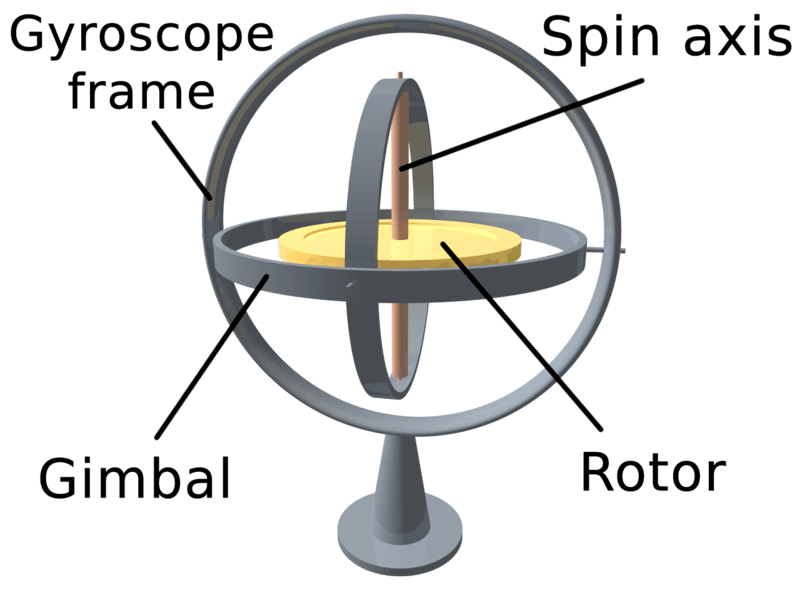Here are 11 pro tips to help you get the most out of your RC helicopters.
- Secure Radio Components With Velcro – Rubber bands are frequently used to secure RC helicopter radio components. Rubber bands stretch and loosen under stress. You can help secure your radio components by adding Velcro strips, which keep the rubber bands from being stressed too much.
- Easy Switch Marking – RC helicopter radio transmitters have many switches, and remembering which switch does what can be difficult. Fix this problem by slipping different colored fuel tubing over each switch so that you can tell between them at a glance.
- Keep Your Clevises Closed – Almost every RC helicopter uses plastic or nylon clevises to connect servos to their respective control surfaces. You can ensure that they never come undone in flight by slipping small pieces of fuel tubing over the closed clevises.
- Avoid Plastic Swelling – Many plastics swell and distort when introduced to light oil lubricants. If you need to lubricate plastic parts use petroleum jelly to lubricate them.
- Tail Boom Guide Adjustment – RC helicopters use guides to support the tail rotor pushrod. If these guides aren’t aligned properly there will be excessive friction between the pushrod and tail boom. Prevent this problem by carefully adjusting the tail boom guides so that they’re perfectly straight.
- Avoid Double-Sided Tape Residue – Many RC helicopter servos are secured with highly adhesive double-sided tape. Double-sided tape secures servos to the fuselage well, but it can leave a sticky residue when removed. Prevent this by applying scotch tape to the servo case before applying the double-sided tape.
- Extend the Needle Valve – If you fly a fuel-powered RC heli, then you will need to adjust the mixture using a needle valve. Unfortunately, engines are mounted inside the RC helicopter and can be hard to reach – especially while running. Make your needle valve more accessible by attaching a piece of wire, and routing it outside the fuselage. Make a 90-degree bend at the end of the wire. This lets you adjust the needle valve by turning the wire, and keeps your hands away from the rotor blades.
- Extend the Power Switch – Reaching the power switch can be hard if it’s mounted inside the helicopter fuselage. Fix this the same way that you extended the needle valve: simply attach a wire, bend one end at 90 degrees, and then route it outside the fuselage.
- Extent the Vertical Fin – RC helicopters use vertical fins to prevent the tail rotor from hitting the ground. If you fly from a grass field, the vertical fin can sink into the runway and damage the tail rotors. Prevent this by adding a piece of wire to the bottom of the vertical fin, so that the helicopter rests on it when landed.
- Keep Metal Parts Lubricated – Metal parts wear out after excessive usage. Maximize their lifespan by lubricating them with a light oil.
Bonus Tip: Reroute the Charging Cable – You can make it easier to charge your RC helicopter batteries by routing the charging cable outside the fuselage and attaching it to one landing skid with cable ties.
We hope that these tips make flying your RC helicopter even more enjoyable.
by Rick Cardo





